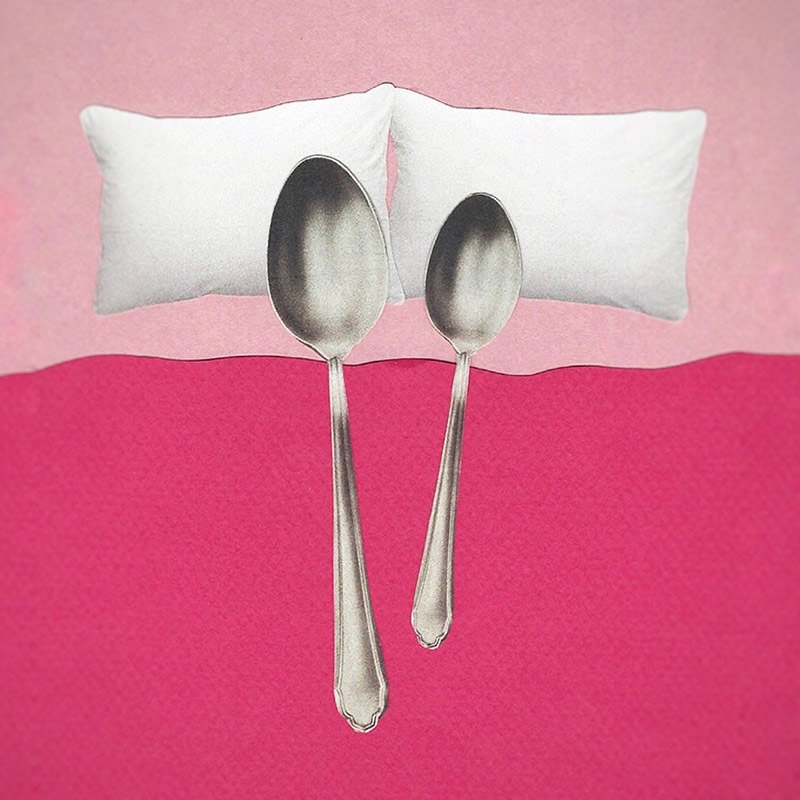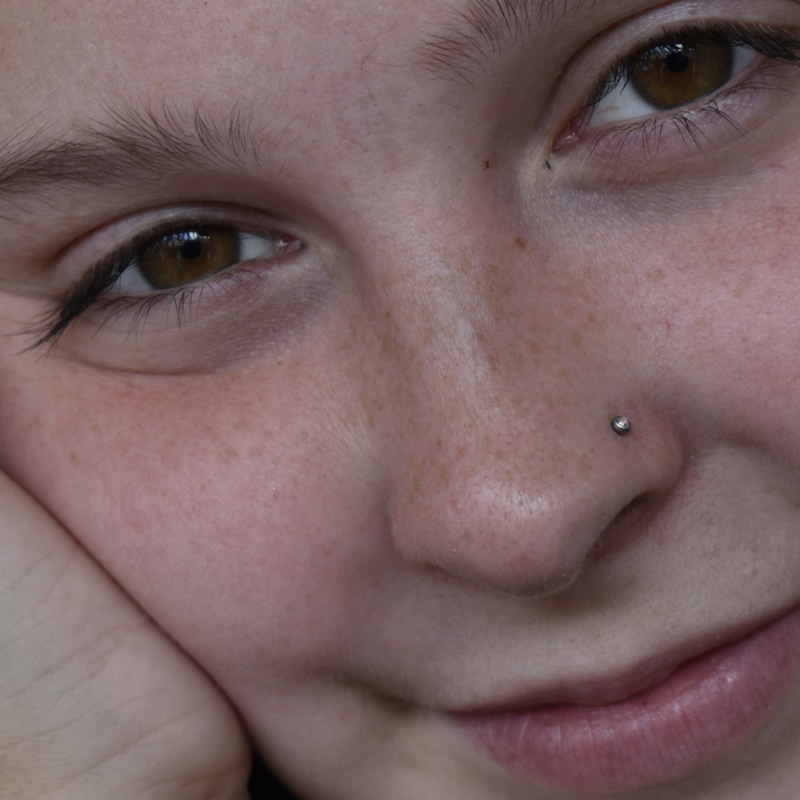Spooning and Forking - Michaella M.


Description:
This image depicts two spoons laying in a bed resting their heads on a pillow. They are different sizes, laying in different positions, and are not touching, yet.
Significance:
I chose this artefact because I wanted to do something a little different and multilayered. Spoons are an everyday thing that no one questions or thinks twice about, and that’s the attitude I feel everyone should have towards the intersection of disability and sex. I also chose this artefact for the more straightforward reason of 'spooning'. For me, sex is not necessarily penetration, but intimacy and pleasure. Not only is sexual pleasure considered a fundamental human right (Coleman et. al, 2021), but to be embraced and held closely by another person can hold extreme significance. I also like that this artefact does not show the spoons touching. Sometimes physical touch can be daunting and overwhelming, which is why I think talking about your needs and desires prior to touching is crucial to having a safe and enjoyable sexual interaction. Finally, there is a common theory within the disability community known as ‘spoon theory’. Miserandino (2003) developed spoon theory as a way for people living with disability to express how their differences impact their ability to complete everyday tasks. For example, people with chronic pain or disability start each day with a set of proverbial spoons, each one representing the physical and mental energy it takes to complete daily tasks or activities. I feel this theory is extremely relevant to disability and sex, as I can only imagine the toll sex and intimacy has on a person’s spoon count. I also wonder how many sacrifices are made each day to ensure enough spoons are left to engage in such activities.
Positionality:
As a social work student, I am passionate about social justice and giving my voice to those who society ignores. Sex and sexuality alone is a topic that makes people feel uncomfortable, so when intersected with disability and gender, the 'foreignness' of the subject tends to deter people. Turner et. al (2018) noted a sexuality gap in social work curricular, suggesting that social work education requires integration of sexual and reproductive health topics encountered in practice. This unit has given me the opportunity to be in a space where this integration is offered and celebrated. Through crip theory and feminist framework, my perspective of disability and intersectionality has changed significantly. Crip theory embraces and actively appropriates the stigma society associated with disability, while highlighting the positive aspect of taking control of other people’s perceptions. (DeMirjyn, 2017). Feminist framework, more specifically Susan Wendell's feminist theory of disability, has opened my eyes to the oppression of disabled people being closely linked to the cultural oppression of the body (Santos & Santos, 2017). This emphasises the complexity of intersectionality and how being a disabled LGBTQIA+ women can create extreme barriers in regard to sexual health and overall wellbeing.
Impact:
The gem I am taking away from this unit is the TED Talk by Stella Young titled 'I'm not your inspiration, thank you very much'. Stella discusses how 'non-disabled' people use disabled people as objects of inspiration. Inspiration porn is a term used by Stella to convey the objectification of people with disability through images and quotes. For example, using an image of a child running with prosthetic legs matched with the quote, "what's your excuse?" Images like this tell someone without a disability 'no matter how bad my life is, it could be worse. I could be that person'. This TED talk highlight for me how society doesn't really treat people with disability as human. Our expectations for disabled people are so low, and instead of valuing their genuine achievements, we use them as inspiration to benefit ourselves. While I acknowledge that people with disability do face barriers and challenges, I subscribe to the Social Model of Disability (Oliver, 1990), and support the idea that it is society who creates these barriers, not a diagnosis of disability. This TED talk really emphasised the concept of positionality for me. The fact that I am able to curate my story in a way that society's assumptions prevent people with disability from doing. I have the ability to run and draw and swim without being congratulated. It makes me wonder what society would look like if we took disability out of the equation?
Wish List:
I hope my artefact inspires people to think about ‘taboo’ subjects with a simpler, less critical view. Spoons in this case are a representation of the completely natural and acceptable intersection of disability and sex, however, many things in life are as simple and unquestionable as a spoon. I also hope spoon theory sticks with people, as it can be applied in all kinds of ways. A take home message is to always take care of your mind and your body, because there’s nothing worse than getting to the end of a long day and not having a spoon left for dessert.
Comments are closed.



One Comment
Hi Michaella.
I really enjoy how you have chosen something so simple as spoons, and made it into something complex. I can see how much thought you have put into this, and how you have been able to link spoon theory into your discussion. I really enjoy spoon theory, so to see it be talked about more in a presentation like this is great. I believe your artifact will really get the audience thinking about how able bodied people do not have to think about these small every day things that disabled people have to think about. The metaphor of the spoons, and also the integration of the physical aspect of which spoons (or other every day things) disabled people have to think about it great, and I think you have done it really well.